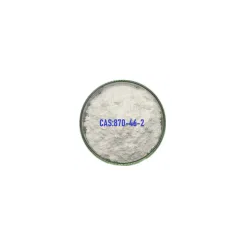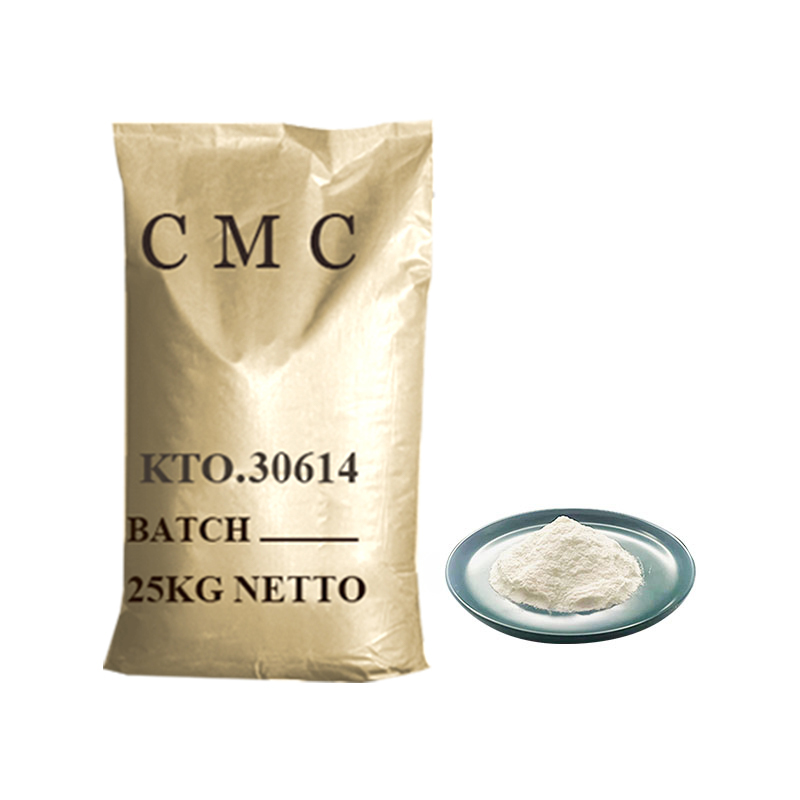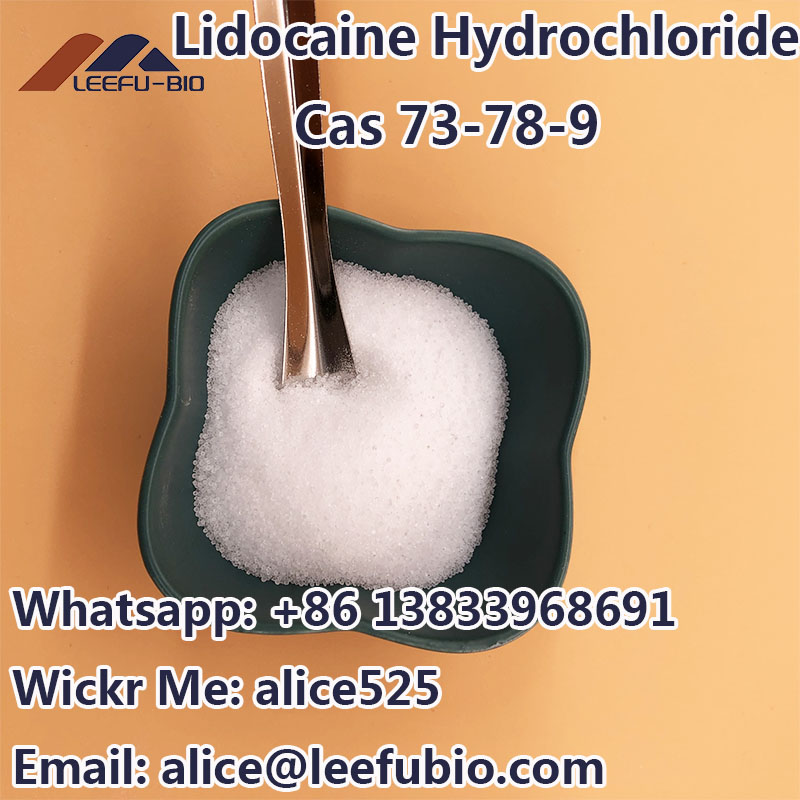factors affecting anaerobic granular sludge performance
Product Description
Anaerobic granular sludge is a vital component in the treatment of wastewater, particularly in anaerobic digestion processes. This specialized microbial community plays a crucial role in breaking down organic matter and converting it into biogas, which can be used as a renewable energy source. However, the performance of anaerobic granular sludge can be influenced by various factors, which can either enhance or hinder its efficiency. Understanding these factors is essential for optimizing the performance of anaerobic granular sludge systems and achieving sustainable wastewater treatment.
Factors Influencing Anaerobic Granular Sludge Performance
1. Substrate Characteristics
The nature of the substrate directly affects the performance of anaerobic granular sludge. The composition, concentration, and availability of organic matter play a significant role in determining the metabolic activity of the microbial community. Different substrates possess varying degrees of biodegradability, which can influence the rate of biogas production. Additionally, the presence of inhibitory compounds in the substrate, such as heavy metals or toxic substances, can have detrimental effects on the microbial activity within the granules.
2. pH Levels
pH levels are critical for maintaining optimal conditions for anaerobic granular sludge performance. The microbial community responsible for the anaerobic digestion process is highly sensitive to pH variations. Ideally, a pH range between 6.5 and 8.5 is considered favorable for granular sludge activity. Deviations from this range can lead to a decline in microbial diversity and metabolic activity, ultimately impacting the overall efficiency of the system.
3. Temperature
Temperature significantly influences the performance of anaerobic granular sludge. The activity of microorganisms within the granules is highly temperature-dependent, with different species exhibiting varying optimum temperature ranges. Generally, mesophilic (around 35-40°C) and thermophilic (around 50-55°C) conditions are preferred for efficient anaerobic digestion. Temperature fluctuations beyond the optimal range can disrupt the microbial activity and the stability of the granular sludge.
4. Hydraulic Retention Time (HRT)
The hydraulic retention time, or HRT, is the duration of time that the wastewater remains in the anaerobic reactor. It plays a crucial role in determining the extent of substrate degradation and biogas production. An adequate HRT allows sufficient contact time between the substrate and microbial community, facilitating the complete utilization of organic matter. However, excessively short or long HRTs can adversely affect the performance of anaerobic granular sludge.
5. Nutrient Availability
The availability of essential nutrients, such as nitrogen and phosphorus, is vital for the growth and metabolic activity of microorganisms in anaerobic granular sludge. Nitrogen is required for the synthesis of proteins and nucleic acids, while phosphorus is essential for energy transfer and cell metabolism. Insufficient nutrient levels can lead to imbalances in the microbial community and reduced sludge performance. Therefore, adequate nutrient supplementation is crucial for maintaining optimal granular sludge activity.
6. Mixing and Agitation
Proper mixing and agitation of the anaerobic reactor play a crucial role in maintaining uniform distribution of biomass and preventing the formation of dead zones. Effective mixing ensures that the substrate is evenly exposed to the microbial community, enhancing the overall performance of the anaerobic granular sludge system. Insufficient mixing can result in poor mass transfer, reduced substrate utilization, and compromised treatment efficiency.





